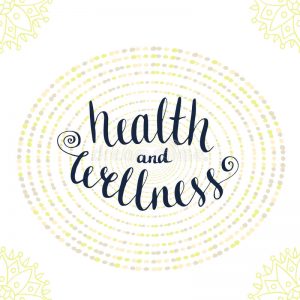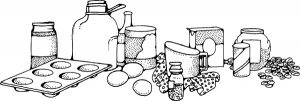
Money-Saving Habits to Start Right Now
Are you better at spending money than saving it? Most people are. Unfortunately, poorly managed finances are a leading cause of stress. For that reason, establishing good money habits is critical to your financial wellbeing.
Below, you will find a list of money-saving habits to start implementing right now.
Keep More of What Comes In
•Fund your savings
Make regular deposits into your savings account or investment fund by setting up automatic transfers. Leverage technology to make the process quick and easy.
•Feed your piggy bank
Designate a jar or container to toss your spare change into on a daily basis. Then, schedule some time either monthly, quarterly, or annually to deposit the money into your bank account.
•Create a rainy-day fund
Having an emergency fund to fall back on can dramatically reduce the stress that comes with unexpected expenses. Similar to the piggy bank saving method, consider adding rogue $1, $5, or $10 bills to the jar. This is a great way to fund vacations or save up for something on your wish list.
Reduce More of What Goes Out
•Scale back on utilities
Review your monthly utility expenses (water, electric, cable, etc.), and consider ways to reduce your usage or downgrade your service tier.
•Cancel unused accounts
Review your outgoing monthly expenses and cancel what you no longer use or need. This might include memberships, subscriptions, software, or any other recurring monthly debits from your account.
•Dine in more often
Date nights, happy hours, and other social gatherings can be fun, but they can also add up quickly. Preparing more meals at home will not only save you money, but it also gives you more control over ingredients. If improving your eating habits is among your health goals, this one small adjustment can make a big difference.
Which of these money-saving habits could you begin experimenting with right now?

Satisfying Beef Stew

INGREDIENTS
2 tablespoons canola oil
2 pounds beef stew meat
1 medium onion, chopped
1/4 cup all-purpose flour
2 cups water, divided
2 teaspoons Worcestershire sauce
1 teaspoon salt
1 teaspoon paprika
1 teaspoon pepper
Dash ground cloves
2 bay leaves3/4 pound potatoes (about 3 medium), peeled and cubed
3 medium carrots, sliced
2 cups frozen corn (about 10 ounces), thawed
1-1/2 cups frozen cut green beans (about 6 ounces), thawed
1 can (15 ounces) Italian tomato sauce
INSTRUCTIONS
1. In a large skillet, heat oil over medium heat; brown beef in batches.
Transfer to a 5-qt. slow cooker.
2. In same pan, cook and stir onion until lightly browned. Add to beef.
In a small bowl, mix flour and 1/2 cup water until smooth; add to slow
cooker. Stir in the remaining ingredients and water.
3. Cook, covered on low until meat and vegetables are tender, 6-8 hours.
Discard bay leaves.
Total Time:
Prep: 30 min. Cook: 6 hours
Servings: 8
NUTRITION INFO
(per serving/1 cup)
Calories kcal 330
Carbs g 32
Fat g 12
Protein g 26
Sodium mg 680
Sugar g 5
